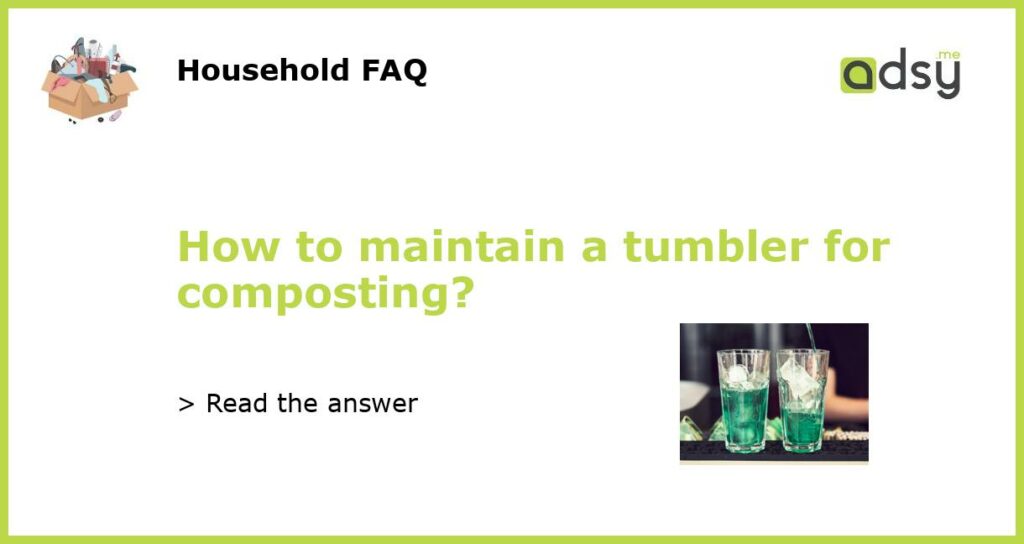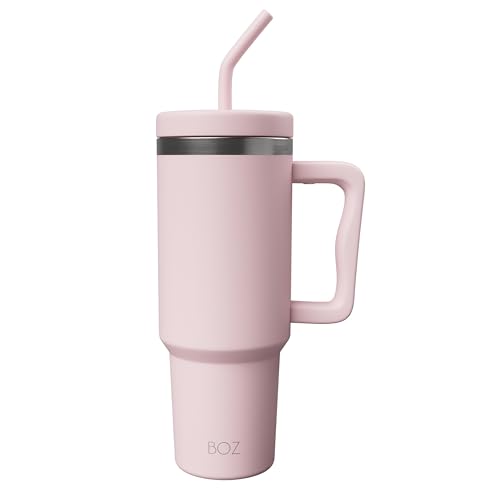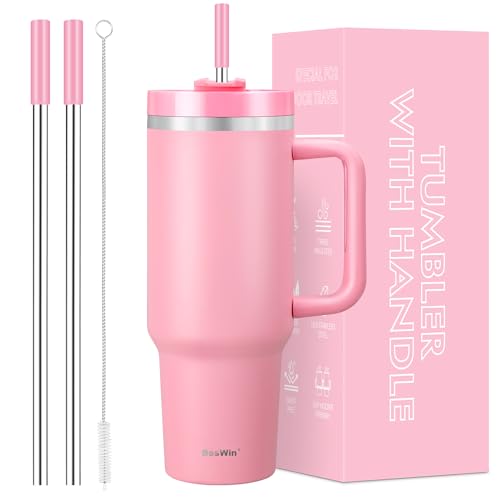Understanding the Basics of Composting
Composting is a natural process that breaks down organic waste into nutrient-rich soil. It is not only beneficial for the environment but can also be a great way to reduce waste and create your own compost for gardening. One popular method of composting is using a tumbler, which provides an efficient way to turn and aerate the compost. To maintain a tumbler for composting, you need to understand the basics of composting.
Getting the Right Tumbler
The first step in maintaining a tumbler for composting is to choose the right one for your needs. There are various sizes and designs available, so consider the amount of waste you generate and the space you have available for the tumbler. Look for a tumbler with good ventilation, a sturdy construction, and easy access for turning the compost. Additionally, ensure that the tumbler is made from recyclable materials to align with your environmental goals.
Adding the Right Ingredients
The success of your composting process relies heavily on the type and quantity of ingredients you add to the tumbler. The ideal composting materials include a mix of “greens” and “browns.” Greens are high in nitrogen and include food scraps, coffee grounds, and grass clippings. Browns are high in carbon and include dry leaves, shredded paper, and cardboard. Avoid adding meat, dairy, or oily items, as they can attract pests and create odors. Aim for a balance of greens and browns to create a nutritious compost.
Turning and Aerating the Compost
A tumbler is designed to make the process of turning and aerating compost easier. Regularly turning the compost helps to mix the ingredients, encourage decomposition, and prevent odors from developing. Depending on the type of tumbler you have, use the handle or the mechanism provided to rotate the tumbler at least once a week. This will ensure that the compost is evenly aerated and allow for faster decomposition.
Monitoring and Maintaining the Moisture Level
The moisture level in the compost is another crucial factor that affects its decomposition rate. Too much moisture can create a slimy, anaerobic environment, while too little can hinder the breakdown of organic matter. Aim for a damp but not soggy consistency, similar to a wrung-out sponge. If the compost looks dry, add water using a watering can or a hose with a gentle spray. Conversely, if it appears too wet, add more browns to absorb the excess moisture. Regularly monitoring and adjusting the moisture level will help maintain a healthy compost pile in the tumbler.






